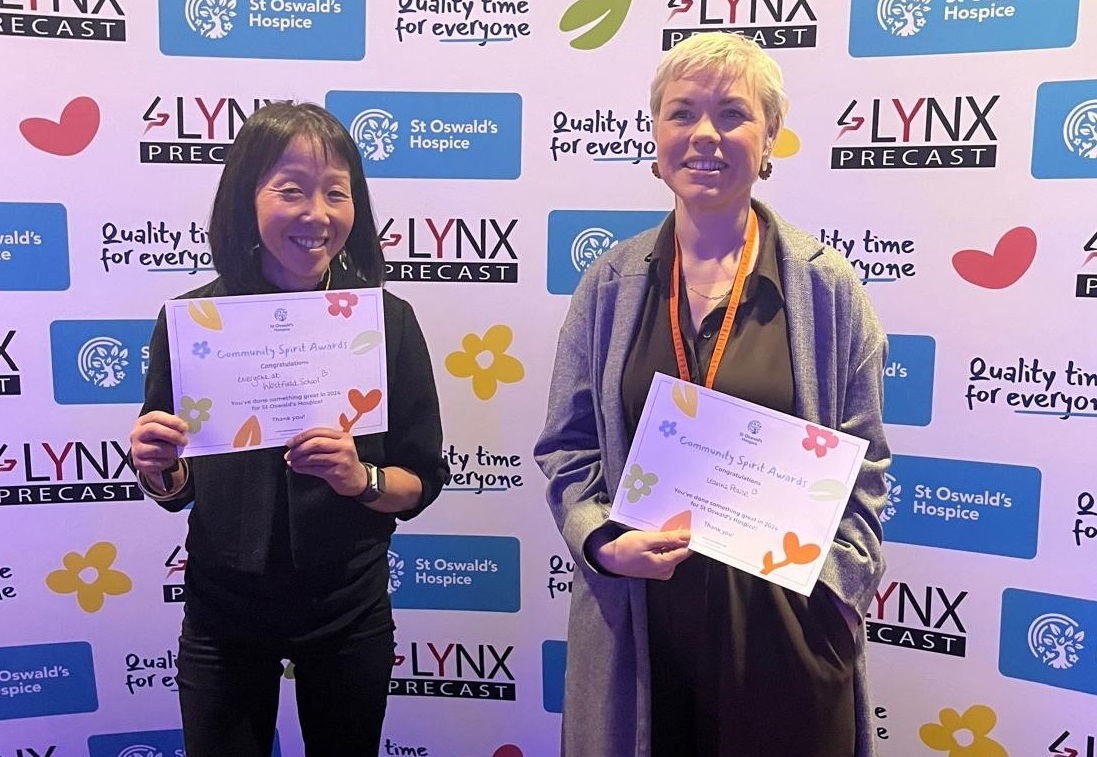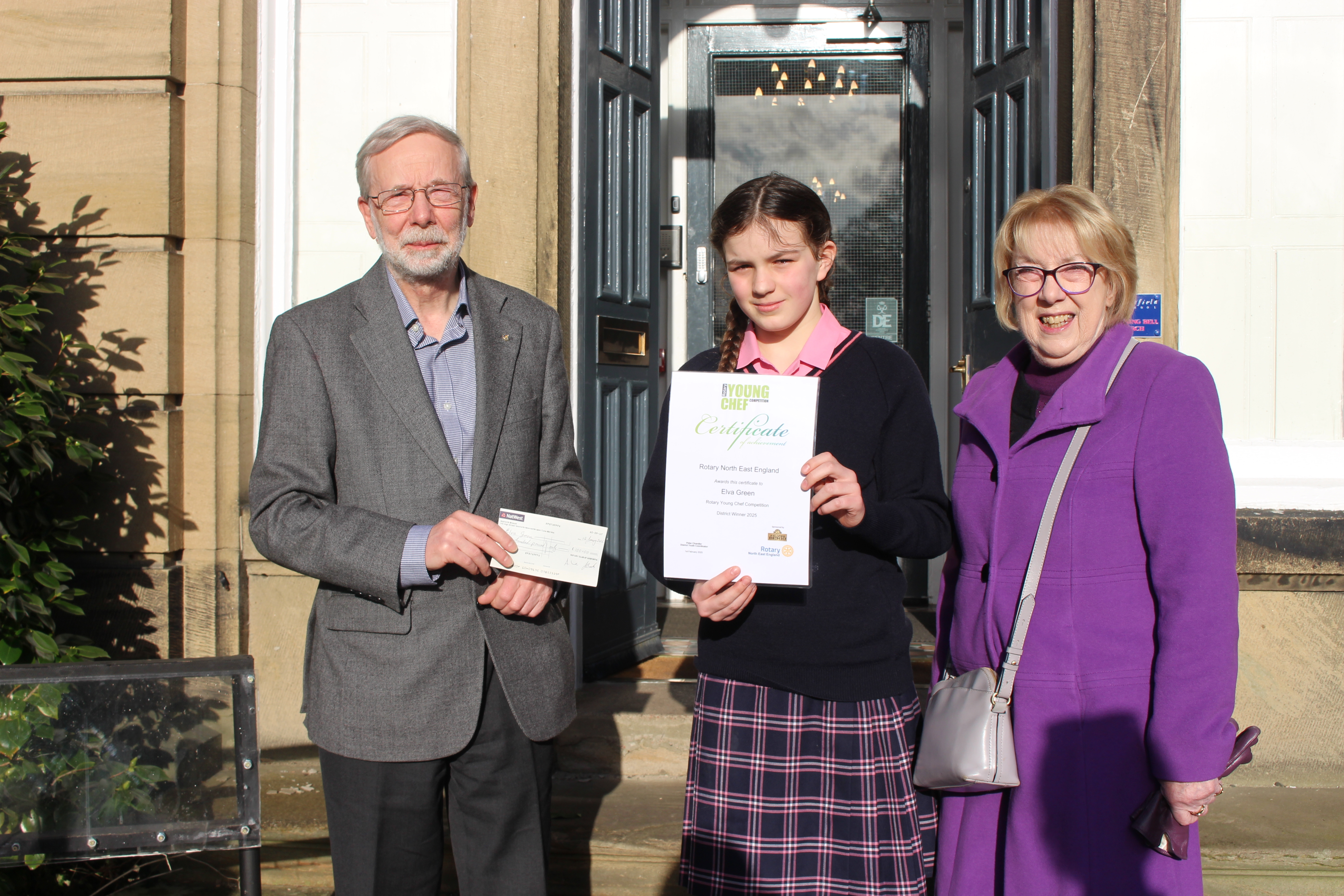.jpg)
Have a break …
We have all heard the expression “all work and no play …” but how often do schools take heed of the truism within it? For young minds, and bodies, to develop in a balanced manner it is just as crucial to allow time and space for play as it is for children to have great teaching. In fact, play is so important that the United Nations High Commission for Human Rights has recognised play as a right of every child.
For various reasons many schools have reduced the amount of time their pupils have for breaks. In a recent report from the Institute of Education, since 1995 there has been a marked reduction in the length of breaks in state schools. At Key Stage 1, children’s play time has been reduced by 45 minutes per week on average while for older pupils the reduction has been much more and almost 25% of state schools nationally have a lunch break of 35 minutes or less. The report is not clear about the supposed causes of this reduction in time. Perhaps the pressures of the curriculum, the expense of paying for supervision of pupils who are not learning or many schools having been forced to sell off their green spaces are possible reasons for the decline. Whatever the cause, or causes, pupils are missing out on the opportunity to develop other, more social, skills and to just have fun.
I am pleased that most independent schools are bucking the trend of reduced breaktimes and allow their pupils the time and the freedom to play. Lunchtime is a traditional place for planned extra-curricular activities to take place however free play, rather than activities with adult imposed rules, is at least as important in allowing pupils the space and opportunity to grow and develop.
The playground is a safe space for children to learn about interacting with others, developing their social, emotional and inter-personal skills as well as getting the fresh air and exercise that children need. It is where children can interact with others outside their own class, both older and younger, and learn how to get along. It is where they develop their social lives and the ability to build offline friendships, engage in co-operative play and learn to develop strategies for dealing with possible conflicts.
Another advantage of giving children space to run around and time to play is that their physical activity levels will be boosted, increasing their health and possibly helping to reduce the obesity epidemic affecting our children. Active play helps children practise their coordination, balance and motor skills as well as using up some of their energy which promotes healthier eating and sleeping patterns.
Creating games with rules, on your own or with others; communicating these rules clearly; abiding by them and learning to deal with rule infractions allow children to work with others, to negotiate, to resolve conflicts, and to learn self-advocacy skills. Children practice decision-making and develop new competencies that lead to enhanced creativity, confidence and the resilience they will need to face future challenges.
There is evidence that childhood and adolescent depression and poor mental health are on the rise. While this cannot solely be attributed to a lack of opportunity for play and personal ‘down-time’ it is likely to be a contributory factor as play offers benefits that may be protective against the effects of pressure and stress.
During play, children learn to cope with emotions such as fear, aggression and frustration in a situation they can control. They practice empathy and understanding and have the opportunity to create unique ideas and solutions to challenges. They learn the skills of co-operation and compromise and practise communicating and negotiating group dynamics. When children use their imaginations in play, they’re more creative, perform better at school and develop a strong problem-solving approach to learning.
There is a lot of talk in some sections of the media about the advantages that pupils who attend independent schools have. Certain political views rail against the inequity of parents having the freedom to choose the type of education they wish for their children. When one simple solution is funding increased break-times, to address some of these inequalities may, literally, be child’s play.
The word “parent” is used to represent the wide range of adult caregivers who raise children.



